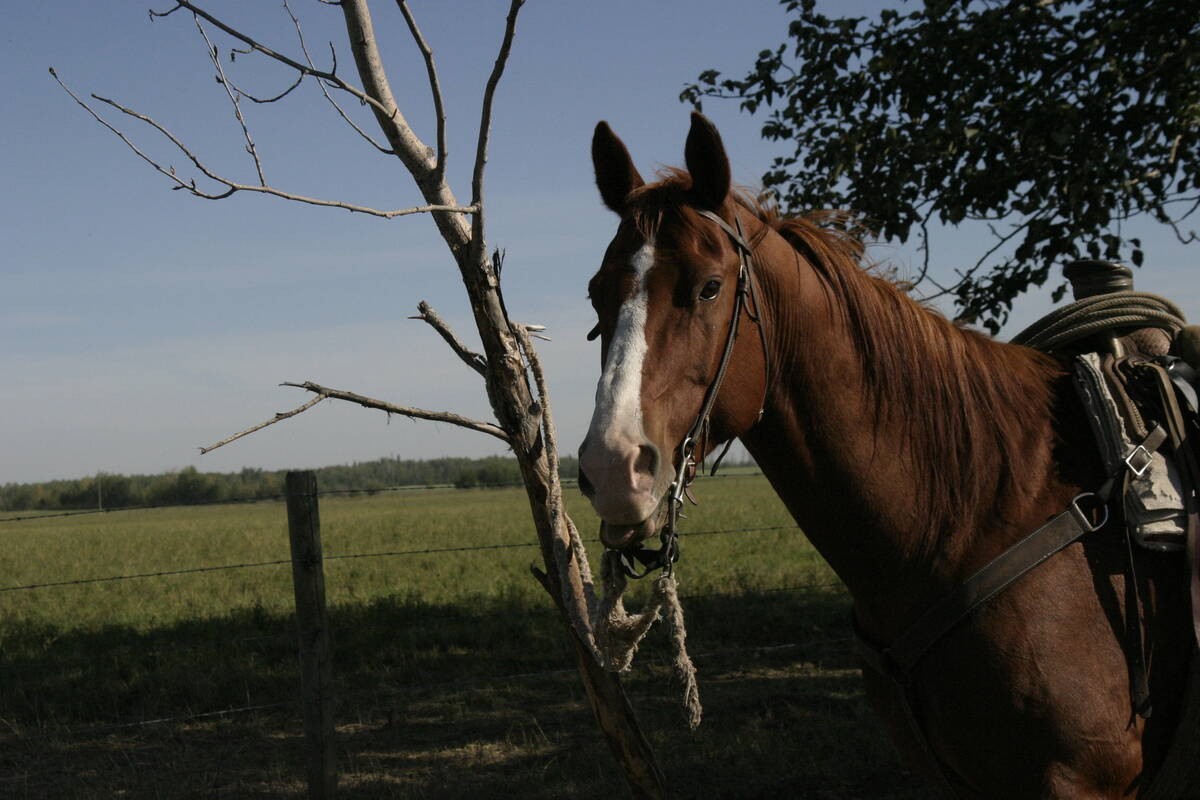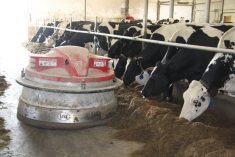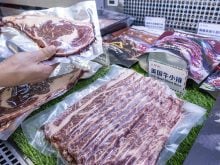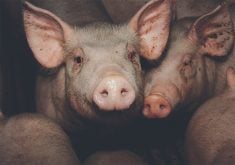Imagine a livestock inspector tapping information into a smart phone and then sending everything from brand information to cattle location to a central database.
If Alberta’s privately run livestock inspection service has its way, records will eventually move beyond hot iron brands and paper manifests to include electronic record keeping.
“Brands will always be a visual identification and it is part of ranching history,” said LIS manager Dave Moss.
However, in a world where business agreements are settled in minutes rather than days, it is time for the livestock industry to catch up.
Read Also

Horses challenged when asked to be weekend warriors
Horses are creatures of consistency. Their bodies and nervous systems are designed for steady, rhythmic movement, low-intensity grazing and regular social interaction.
Paper manifests will not disappear, but electronic manifests will cut down paperwork for large operations that move cattle every day.
The LIS records 250,000 manifests per year representing five million animals. A million manifests are in storage and finding information is a daunting task.
Pat Mergen of LIS said electronic information is easier to retrieve in case of an animal disease outbreak or dispute over ownership.
“We are suggesting there are a lot of efficiencies that could be gained by utilizing the existing commerce based system and enhancing that system,” he said.
The next step is to equip livestock inspectors with the Apple IPhone.
Already available satellite images of farm and business locations could be used to trace movement. The information is not lost if the phone disappears.
“The advantage with the IPhone is if somebody loses it, we can turn it off via computer,” Mergen said.
The system can also provide enhanced traceability.
“Traceability should be an outcome of things we do on a daily basis,” Moss said.
Inspectors at packing plants, auctions, assembly stations, feedlots and country sales already record millions of movements.
If LIS recorded this information, it could be combined with the government’s premise identification numbers and the Canadian Cattle Identification Agency’s individual livestock numbers to create a national system.
LIS has a working relationship with British Columbia and Saskatchewan because they have similar livestock inspection services. Brand inspection doesn’t exist in Eastern Canada, but provinces are working to build databases to replicate what is done in Western Canada.
LIS has also developed an interactive website that should make the electronic manifest easy to operate. Inspectors could enter information into the website from their phones.
The new system tracks the number and type of cattle sent to market, gleans historical information on prices and determines if the sold cattle were cows, bulls, heifers or steer calves. This information is live and immediate.
“We have always produced this kind of information, but it was static on a month per month basis,” said Mergen.
Livestock inspection was privatized in 1998 and the Alberta government’s system was adopted. However, the database grew too large and the industry needed a way to find useful information quickly.
The solution came from the oil and gas industry.
LIS is working with Spira Datacorp, which specializes in remote data collection that converts information from field to office. The system cannot be compromised and the user selects the data fields appropriate to his business.
“It is a very flexible database. The ability to change terminology for common usage is very easy and adaptable,” Mergen said.
The new system can also provide better and faster information on disease tracking. Previous outbreaks such as foot-and-mouth disease in England show disease is not contained in a circle. An animal born in the north can easily move south and infect livestock at greater distances without a set pattern.
“Knowing who you transact with and how is more important in a disease traceback than circles around the disease,” Moss said.
A large province like Alberta could use the new database to quickly analyze where animals most likely moved and which direction the disease travelled.
The province is also developing a new electronic ear tag with ultra high frequency capabilities.
It is working with SAIT Polytechnic’s applied research and innovation services department in Calgary to devise a commercial UHF tag that can be read at greater distances.
This next generation of ear tag could be as small as a stick of Trident gum but be able to store information such as identification number, age, weights and health records.
More information is available at www.lis-alberta.com.















